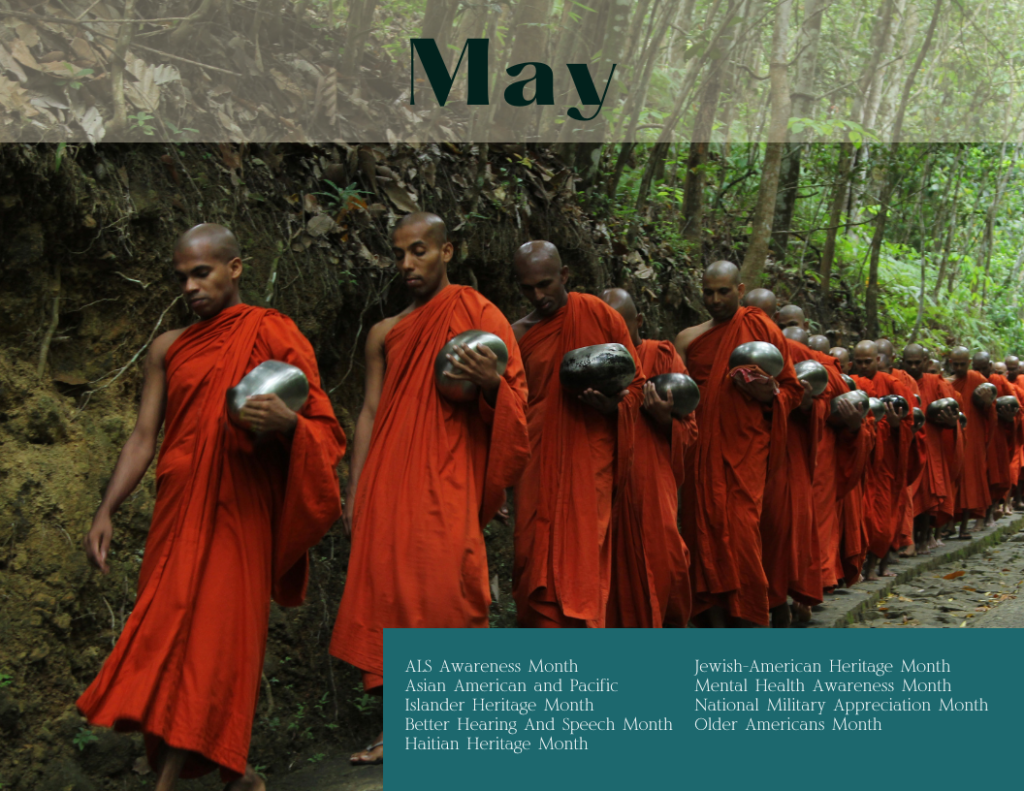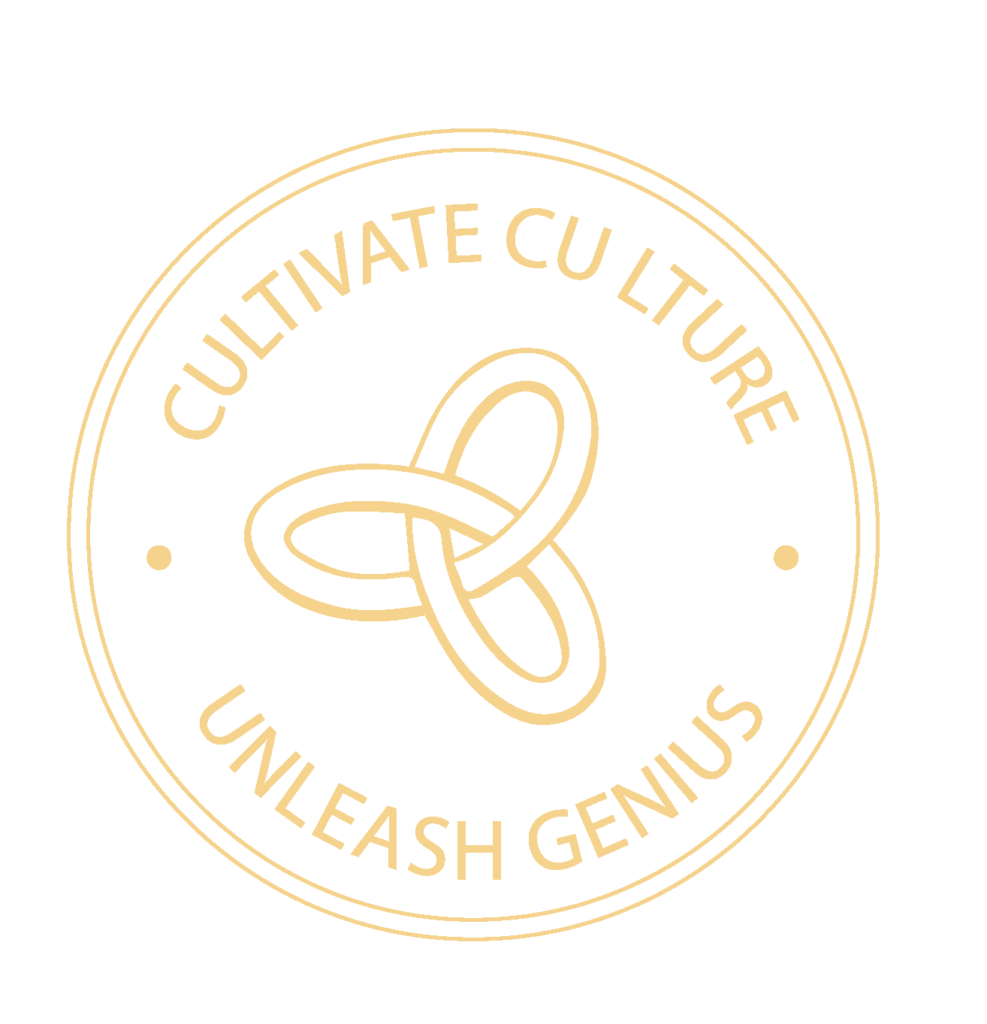Month-long observances:
HIV/AIDS Awareness Month
December 1st is World AIDS Day, kicking off a month dedicated to raising awareness about HIV and AIDS. With an estimated 37 million people living with HIV globally and AIDS tragically taking 2 million lives annually, this is still a crucial topic. The more information we can share and the more resources we can support, the more we can stand with those diagnosed.
Observance Suggestion: Take this opportunity to ensure your employees have access to comprehensive healthcare, and that your healthcare plan includes both HIV treatment and preventatives such as PrEP.
Universal Human Rights Month
We’re living in a world where it’s easy to connect to all people, no matter where they are or what their beliefs are. This month, we work to make deeper connections and have conversations that open up our understanding. Regardless of race, religion, background, beliefs, traditions, etc, every person deserves basic human rights.
Observance Suggestion: Book a speaker to talk about the rights some people have and others don’t but should. As a leader, commit to making your own organization’s culture more equitable through strategic action.
National Month of Giving
December is the Month of Giving, and it revolves around people making a difference in society by helping others. It’s a time for individuals and organizations to focus on charitable giving and volunteering. The month encourages acts of kindness, donations, and volunteering efforts that benefit local communities.
Celebration Suggestion: Organize a friendly competition between departments, with winning teams directing donations to their chosen causes. Match employee donations to various charities, doubling their impact.
Calendar dates:
December 1 – World AIDS Day (same every year)
Each year, we set aside some time to mourn those who have died from AIDS. Today, nearly 38 million people in the world are living with the disease, and while there is no cure, there is viable treatment. Today, we celebrate that this treatment continues to improve and our awareness continues to broaden.
Observance Suggestion: Research organizations near you that help people living with HIV/AIDS, and give them donations to sustain their efforts.
December 2 – International Day for the Abolition of Slavery (Same every year)
On December 2nd, 1949, the General Assembly of the United Nations made a promise to end modern forms of slavery. This includes such acts as sexual exploitation, human trafficking, child labor, forced marriage, and forced recruitment of children for armed conflict.
Observance Suggestion: Commit to ethical labor sourcing in partnerships. Do your research on your current supplier list and ensure they aren’t using child or forced labor.
December 3 – International Day for People with Disabilities (same every year)
We stand in solidarity with all individuals with disabilities, whether their disabilities are visible or not. Everyone deserves an environment where their talents and contributions are valued and respected. This day reaffirms the commitment to advocating for accessibility in all forms and creating inclusive spaces that empower and support everyone.
Observance Suggestion: Learn the language of disability beyond sign language, braille, and electronic devices. Many disabilities aren’t obvious, and learning to communicate with correct and respectful terminology is important.
December 5 – International Volunteer Day
On International Volunteer Day, we celebrate the millions of volunteers who donate their time, efforts, and knowledge to their communities. Their kindness and generosity break down barriers and allows equity to exist more freely. We encourage you to volunteer where you can, whether it be your time at a charity close to you or your knowledge with a non-profit that would benefit from knowing what you know.
Observance Suggestion: Provide PTO for employees to volunteer their time/energy/knowledge to an organization that is important to them.
December 8 – Bodhi Day (Buddhist)
Bodhi Day celebrates the day the Historic Buddha, Siddhartha Gautama, attained enlightenment under the Bodhi tree. It’s a significant occasion for Buddhists around the world, marking the Buddha’s profound realization that led him to share his teachings and guide others towards liberation from suffering. This day is celebrated with mindfulness and meditation, sutra readings, and decorating the Bodhi tree with lights or candles to symbolize awakening.
Celebration Suggestion: Offer employees a brief opportunity for quiet reflection or meditation during the workday, allowing them to connect with the spirit of the day in a personal way. Consider offering a vegetarian or plant-based lunch option, reflecting the Buddhist emphasis on non-violence and compassion for all living beings.
December 9 – Genocide Prevention Day
On December 9th, we remember the victims and survivors of genocide. By acknowledging the root causes of such atrocities, we can work towards building a more inclusive and peaceful world.
Observance Suggestion: As a company, consider supporting an established organization dedicated to global efforts for genocide victims, like the UN Office on Genocide Prevention.
December 10 – International Human Rights Day
Each person is born with human rights. International Human Rights Day celebrates and honors these freedoms as the standard that all nations should share. In 1948, the UN adopted the Universal Declaration of Human Rights. Today, we respect this declaration by extending our appreciation for all people in our growing and connecting world.
Observance Suggestion: Hire a speaker to share stories of marginalized people and their fights for human rights. Ask questions about how your organization can help.
December 14 – December 22 – Hanukkah (Jewish)
This 8-day Festival of Lights commemorates the rededication of the Holy Temple and is a prominent piece of Jewish history. Each night, families light another candle on the menorah and recite their blessings.
Celebration Suggestion: If your organization decorates for the winter holidays, be sure to include a menorah, and light an appropriate candle each day as the holiday unfolds.
December 21 – Yule Winter Solstice (Pagan)
The Winter Solstice marks when nights become longer than days, but it’s also seen as a mystical day of rebirth in many cultures. Neolithic humans used the solstice to determine the best times to hunt. The Ancient Romans honored the God of agriculture, Saturn. The Inca Empire paid homage to the Sun God. Today Pagans honor the rich history through their own celebrations such as burning paper lanterns to mark the end of the year.
Celebration Suggestion: Give back to nature by scattering seeds for birds or planting a tree. Ask your team members which traditions they may participate in themselves and offer time to share those traditions with them.
December 25 – Christmas (Christian)
While many people in the United States know Christmas as the holiday to exchange gifts, spend time with family, and feast on large meals, Christians around the world celebrate in different ways. The Philippines holds the Giant Lantern Festival. The demon Krampus captures naughty children in Austria’s streets. Even the Japanese have adopted their own tradition of eating KFC for their Christmas dinner. It’s important to understand that no matter how unique or different some traditions may be, they’re important to the culture that celebrates them.
Celebration Suggestion: Exchange gifts. Not just in your organization, but give to a local hospital, homeless shelter, or other non-profit where people may not otherwise get gifts. Don’t forget to include the organizations your partner with.
December 26 – January 1 – Kwanzaa
Kwanzaa is a cultural seven-day celebration full of gifts, community, and African values. Even though many people in the United States mistake it as a religious holiday akin to Hanukka, it is not rooted in religion. There is no deity involved, but it is based on African cultures and traditions. During this time families and friends spend time together to discuss the seven principles of Kwanzaa. And even though this is largely an African-American celebration, everyone who values quality human relationships is encouraged to practice its principles all year round.
Celebration Suggestion: Take time during a team meeting to think about the Kwanzaa principles that exist within your organization’s culture: unity, self-determination, collective work and responsibility, cooperative economics, purpose, creativity, and faith.
December 26 – Boxing Day (Great Britain and Commonwealth countries)
Known as one of the busiest shopping days of the year in the United Kingdom, Boxing Day comes from the church’s practice of opening alms boxes the day after Christmas and distributing the money to the poor. In more recent years, other countries have taken the name of Boxing Day a little more literally by celebrating with fighting events to win prizes. Regardless of how it’s celebrated, those in the United Kingdom take the day to remember their history dating back to the reign of Queen Victoria.
Celebration Suggestion: Honor those who work for you by gifting them a bonus. This could be a monetary gift, or in the form of something that would make doing work and life easier.
December 31 – New Year’s Eve
As the last day of the calendar year, we say goodbye to one year and welcome in the possibilities of a new one. This gives us the opportunity to reflect on the highs and lows of what we experienced in the last 365 days and make goals for the next. Through late-night parties, ball-dropping countdowns, and toasts to whatever is to come, New Year’s Eve is a worldwide celebration.
Celebration Suggestion: Take time to ask yourself how your organization’s culture has expanded this past year. Then, consider how it might be improved within the next year. Set goals. Write them down. Create a promise to yourself and your organization to bring in partners and specialists who can help achieve them.




